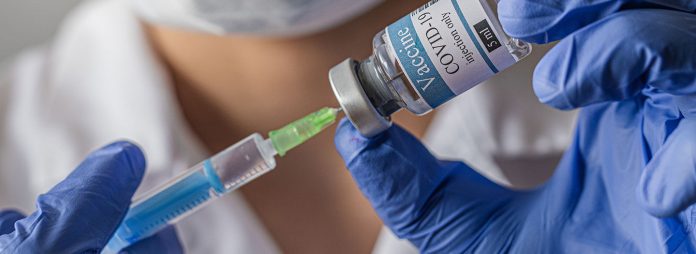“This is the biggest logistical challenge the world has ever faced.” This is how Toby Peters, an engineering and technology expert at Britain’s Birmingham University, describes the task of manufacturing and delivering a vaccine for COVID-19 to the world. The Reuters article calls this the “biggest medical manufacturing challenge in history.”
Our focus since the start of the pandemic has understandably been on a vaccine to stop the disease. Researchers are developing more than 140 vaccines against coronavirus. Vaccines typically require years of research and testing before reaching the clinical stage, but scientists are working to produce an effective and safe vaccine by next year.
Of the vaccines currently under development, only three are in Phase III (large-scale efficacy tests), the last stage before being approved for use. Trial results will indicate whether regulators approve a candidate for public use.
Now we know that making and distributing a vaccine, should one be produced, is a daunting task as well.
In the meantime, the CDC says COVID-19 cases in the US could be ten times higher than reported. In other words, the true number of infected Americans may top twenty million. The Texas governor said this week that his state is facing a “massive outbreak” of the virus. State health departments reported more than 37,000 new cases yesterday, setting a one-day record.
This local story especially touched me: Betty and Curtis Tarpley of Fort Worth, Texas, were married for fifty-three years. Both contracted the virus. Nurses wheeled Betty into Curtis’s ICU room so they could be together. They died this week within an hour of each other.
The “glue” that holds our “potentially unstable society” together
We have been focusing on the theme of encouragement in discouraging times. As we face an escalating pandemic, ongoing recession, and divisive debates over policing, statues, and…
… Read More
—
Click Read More to read the rest of the story from our content source/partners – Denison Forum.
